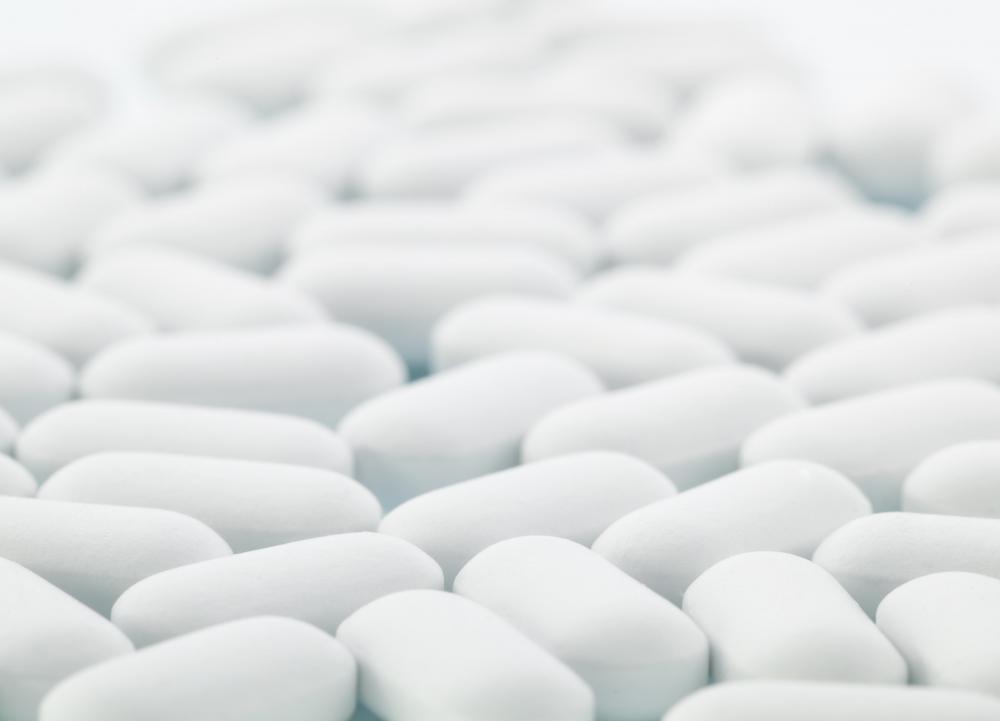At WiseGEEK, we're committed to delivering accurate, trustworthy information. Our expert-authored content is rigorously fact-checked and sourced from credible authorities. Discover how we uphold the highest standards in providing you with reliable knowledge.
What is the Food and Drugs Act?
Two different pieces of legislation are popularly known as the “Food and Drugs Act.” One is the Pure Food and Drug Act of 1906 in the United States, and the other is a Canadian act respecting food, drugs, cosmetics, and therapeutic devices, enacted in 1920. Both set out labeling and safety requirements to address concerns about the food and drug supply and create some standards so consumers would know what they were buying. They are two among a number of laws passed around the same time in response to journalistic reports of contamination, incorrect labeling, and other abuses of the food and drug industry.
Several pieces of national legislation in the United States preceded the Food and Drugs Act, and many individual states also had regulations of their own to address key issues. Numerous activists and social commentators in the years leading up to the Food and Drugs Act drew public attention to issues like tinctures made with poisonous compounds, dangerous cosmetics, and unlabeled addictive substances. The 1906 law included a national framework for labeling standards and also addressed concerns about purity of drugs and confusing labeling surrounding food, drugs, and cosmetics.

In 1938, the Food, Drug, and Cosmetic Act effectively replaced the Food and Drugs Act. Numerous other acts of legislation support the work of government agencies like the Food and Drug Administration, giving them authority to regulate safety and labeling. These organizations oversee everything from clinical trials to determine the efficacy of drugs to correct labeling of food products for the benefit of consumers.

The Canadian law remains a primary piece of legislation, although lawmakers have drafted and passed several updates to reflect evolving concerns about the safety of food, cosmetics, and medications. This Food and Drugs Act focuses on correct labeling, safe transportation, auditing of ingredients, and related topics. It also provides authority for regulating medical devices for safety, making sure they work properly and appropriately.

Before companies can sell drugs in nations like the United States or Canada, they must submit them for review by government agencies, providing documentation to support the application. The Food and Drugs Act provides agencies with a broad scope of powers when it comes to approving medications or withdrawing them from the market, and this includes auditing any statements and claims made on labels, requiring so-called “black box warnings” for especially hazardous drugs, and many other steps for consumer health and safety.
AS FEATURED ON:
AS FEATURED ON:














Discussion Comments
I remember we had to study about the pure food and drugs act of 1906 back in high school. The article didn't say it, but I think the meat processing industry had a lot to do with this act being created. Meat plants really were allowed to use fillers like sawdust without worrying about passing any sort of inspection.
I can't imagine living in a time before the pure food and drugs act of 1906. I just take it for granted that the hamburger meat I buy in a store contains nothing but ground beef, but a shopper in 1893 wouldn't have such a guarantee. If a butcher wanted to stretch out his supply by adding other ingredients, there wasn't any way to stop him. I think the idea of a pharmacist compounding contaminated drugs would have been even worse.
It's hard to believe that the federal government didn't try to crack down on this problem before 1906, but I suppose it wanted to leave that responsibility to individual states. I'm glad there's now a federal organization that oversees all fifty states.
Post your comments